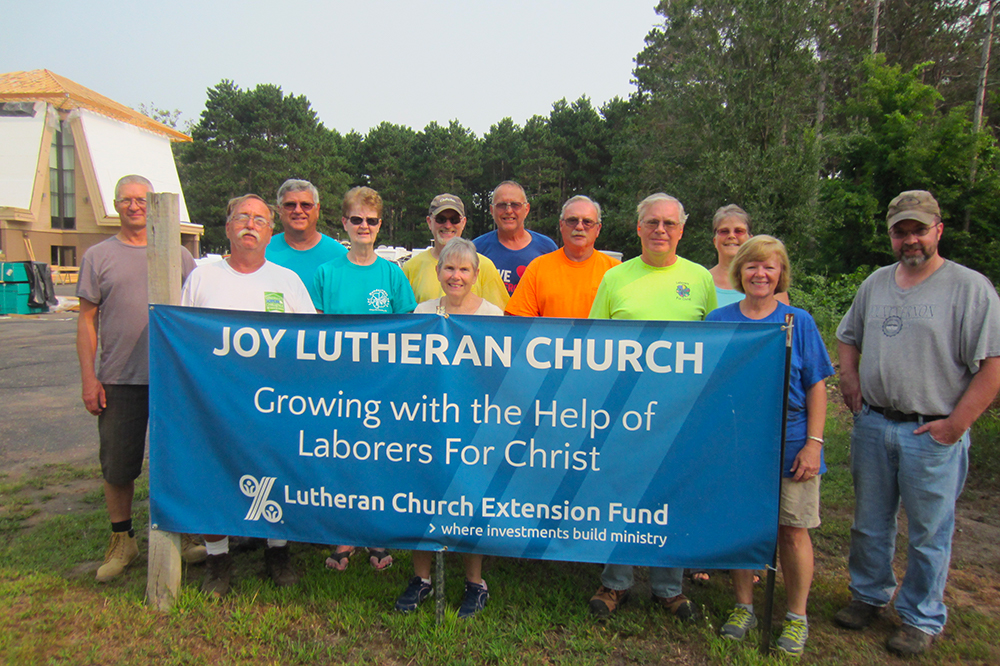The Joy of Building God’s Church
Share
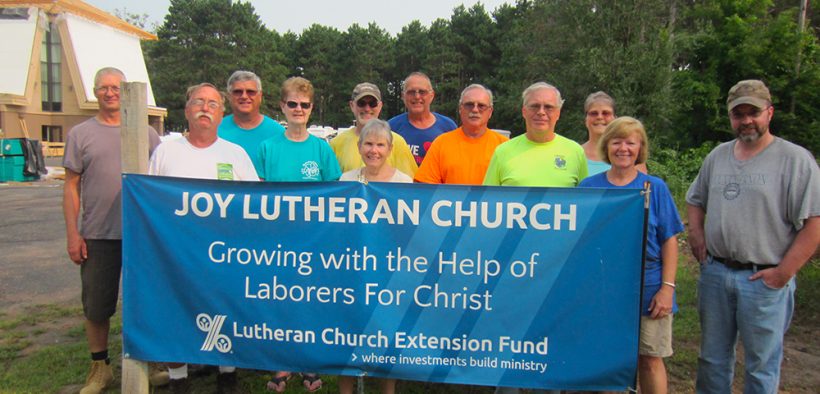
Joy Lutheran Church, Cambridge, Minn., is about an hour north of the Twin Cities, an area growing quickly as the suburbs expand. The church was founded in 1970 and the congregation moved into their current building in 1973.
While the original sanctuary design from the 1970s is a strong, geometric shape, it’s impractical in many ways given today’s constraints, particularly accessibility. The church also sits on a hill and, said Rev. Daniel Lewis, senior pastor of Joy. “Since the church does not have an elevator or ramp inside, this presented a major problem to our visitors and members with mobility problems, who often had to drive from the upper to the lower parking lot in order to use the restroom.”
Then there were the drainage issues. “The original roof placed on the church over the sanctuary was flat and would easily leak into the sanctuary when snow and ice began to melt,” said Lewis. Then there was the outdated insulation—or lack of insulation. “We wanted to improve it to improve our heating efficiency during our Minnesota winters,” said Lewis.
After decades of deferring these issues with good, but temporary fixes, the church decided it was time to make a change.
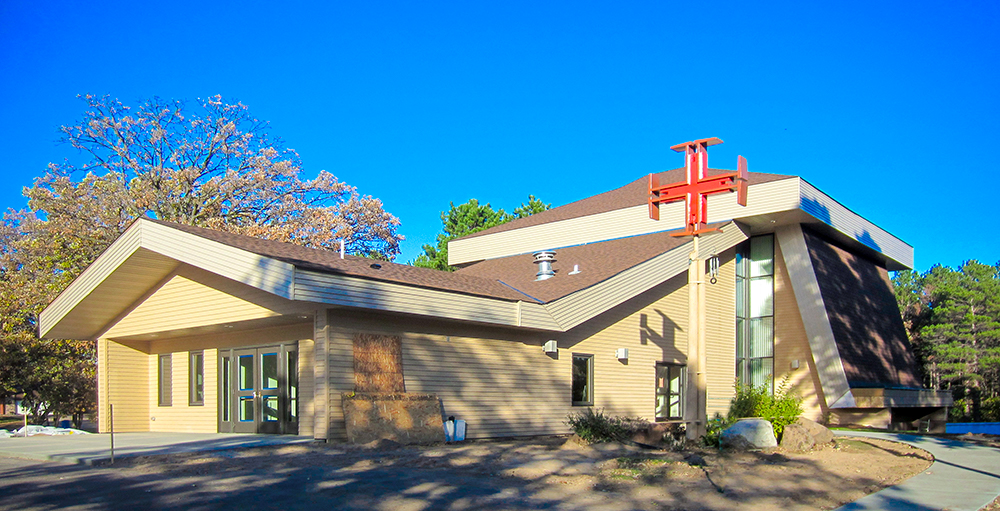
The most pressing issues
The first step Joy took was inviting Steve Krause, Lutheran Church Extension Fund (LCEF) Architectural Advisory Committee member for Minnesota, in for an architectural consultation. Additional LCEF services were shared with the group during the meeting, including Laborers For Christ, and “before the meeting ended, they asked me to submit a proposal to conduct a feasibility study as their architect,” Krause said.
The study revealed the most pressing issues on the minds and hearts of members, which, no surprise, included updates to restrooms, kitchen, improved worship and fellowship spaces. And LCEF’s Laborers For Christ (LFC) were going to play a big part in this project.
The first of three phases began in May 2018 and the last of the laborers left at the end of October. LFC was blessed to have a number of very talented laborers on-site as well as devoted Joy members to meet the construction challenges connected with this project.
But that’s not all.
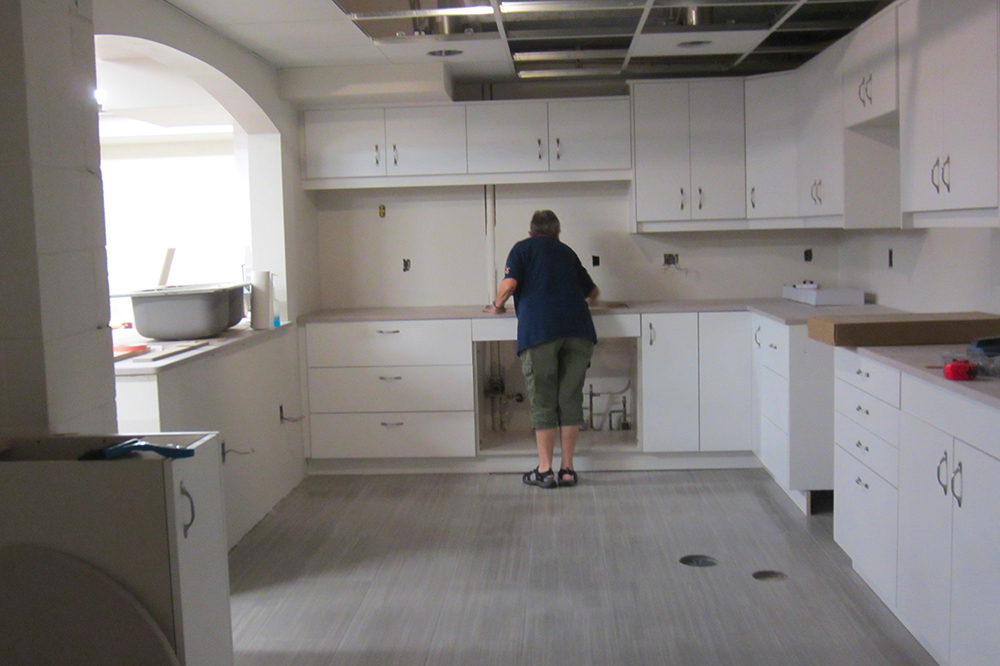
Why Laborers For Christ exists
According to Krause, laborers bring one thing to the table that a general contractor doesn’t: “In general terms, Christ.” He’s clear to point out that this is not meant to exclude a general contractor from bringing Jesus to their work sites, but it is the primary focus of why LFC exists.
“Congregations may initially view the cost savings as the reason to engage LFC, but the enduring effect on the local ministry is remembered and felt long after LFC has left the job site,” Krause said.
The feeling goes both ways. “I always wanted to build churches, so this is a good way to do it,” said Bob Miller, the project manager for the Joy project. Miller has served with LCEF’s Laborers For Christ since 2012. “You get to meet a bunch of good people, share God’s Word and,” he added with a good-natured laugh, “do a little work.”
Lewis seconded this: “We had heard that the laborers not only came to do work but also would make themselves a part of the church community. This certainly was true, and we were richly blessed by the close friendships that developed while they were with us. They also played a very active role in the church during that time.”
Warren Kamps, Joy member and building committee chairman, couldn’t have been more pleased. “ … They worked hard, had fun at what they did, got many Joy volunteers involved in the process and used great ingenuity in solving construction issues that helped us all at Joy meet our goal for a successful project.”
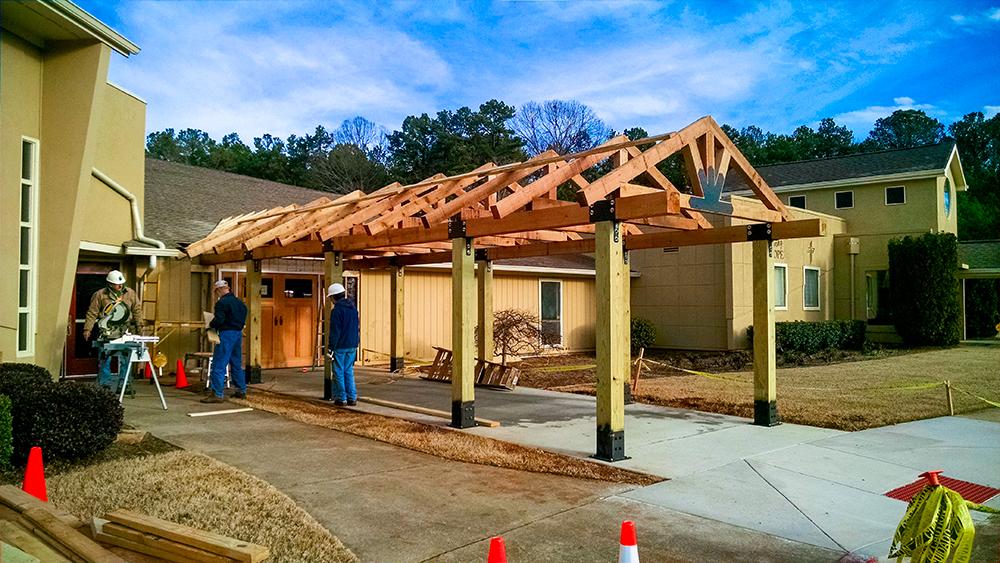
The even greater gift
Jason Stamm, a Joy building committee member, said, “all of the laborers were great to work with on the building as well as to get to know as active participating members of our church family during their stay with us.”
Friendship and life, Lewis was quick to point out, are the “greater gift that they bring to the congregation during the course of the project.”
But he didn’t stop there.
“The even greater gift is the vibrancy they help to add to church service, Bible studies, and social events,” Lewis said. “They approach their work with faith, love, and a heart for service, working not just to build a church building, but to build up the people who are Christ’s Church.”
“I would strongly encourage that congregations use LFC for their building projects.”
